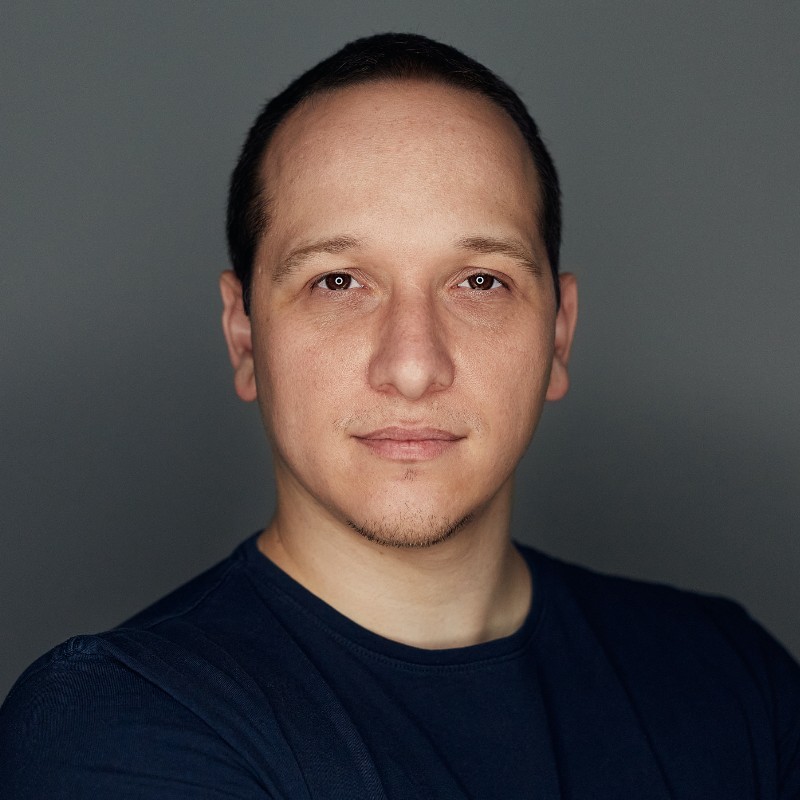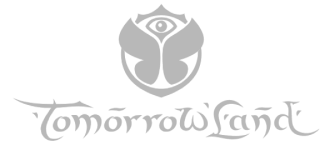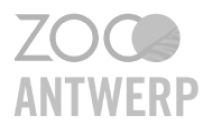A true Renaissance man, Robert combines the best of both worlds of art and science to do and create wonderful things. Any project in which Robert is involved will be exciting and innovative. We have worked on design teams on multiple occasions, and he persists in surprising and impressing me.

Combining the science of user testing, best practices in UX design and finesse in coming up with a good UI, Robert always delivered his solutions in a professional manner. I consider him as a key player, in the progress we have made with our product and would work with him again.

A-listed brands that I've worked with.
Project details available upon request.






Similar to Shark Tank (USA), Topstarter (Belgium) started with a pitch. Skifts was 1 of the 7 finalists in a reality TV style format.
Scientific paper on how interactive games can be used for the rehabilitation of handwriting skills after stroke. Published at CHI Boston, USA in 2008.